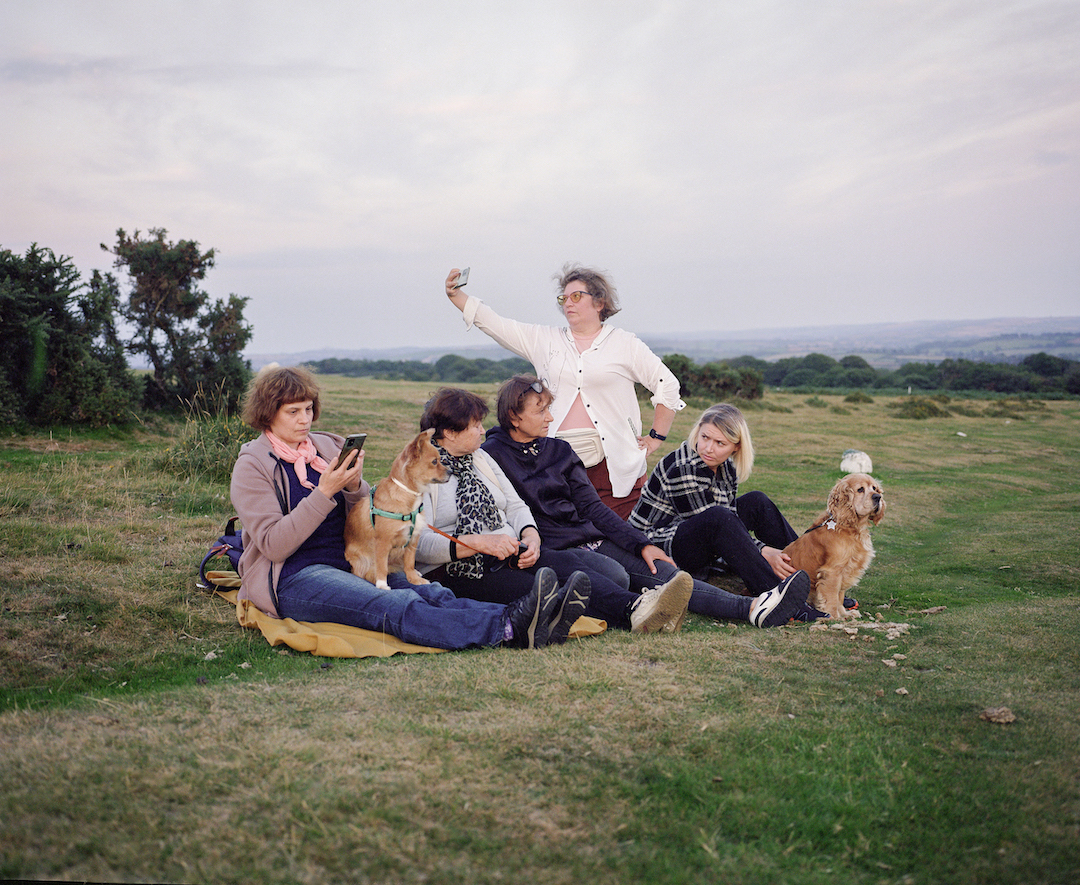Header Image © Frankie Mills
From time-honoured rituals, to intimate homes and tight-knit communities, this year’s winning images showcase the diverse faces, traditions and stories that define Britain today
Meet Tasmina Haq as she stands before us in formal pose, a thin blade in one white-gloved hand, a sabre mask in the other. She’s part of Muslim Girls Fence, a grassroots initiative in Birmingham. And here’s Safy perched on a bridge over the Cam as punts pass below. He’s a student at the University of Cambridge, seen behind him beyond a manicured, riverside lawn. And there’s Debbie on the Isle of Skye, getting some sun on her face before she embarks on her fifth round of chemotherapy.
All three are subjects in this year’s Portrait of Britain, a public art project of unrivalled scale, coming to you via JCDecaux’s digital advertising screens right across the UK throughout January.. They feature in three of the 100 winning photographs – revealed today – that make up the Portrait of Britain exhibition.
The winners were selected from an open call last summer asking for images that “celebrate the many faces of modern Britain”, pictures that capture the country’s unique traditions and diversity. Now these winning portraits will appear on high streets, in shopping centres, train stations, airports, roadside poster sites, and iconic London bus shelters up and down the land throughout January, thanks to a partnership between British Journal of Photography and JCDecaux, the world’s largest company devoted to outdoor advertising.
Portrait of Britain does not profess to be a scientifically collected sample of the UK public, nonetheless its representation is wide and far-reaching, with images of people from all walks of life across the country. There are subjects that reveal glimpses of time-honoured rituals and traditions, such as Morton Moss’ portrait of Niallor, photographed as the Jack of the Green in Glastonbury, captured in an elaborate floral headdress celebrating Beltane at the beginning of summer. Elsewhere, we see Euan Myles’ portrait of Rory, a Shetland boy dressed in Viking garb standing next to a replica longship, a proud participant in the Up Helly Aa festival, marking the end of Yuletide.
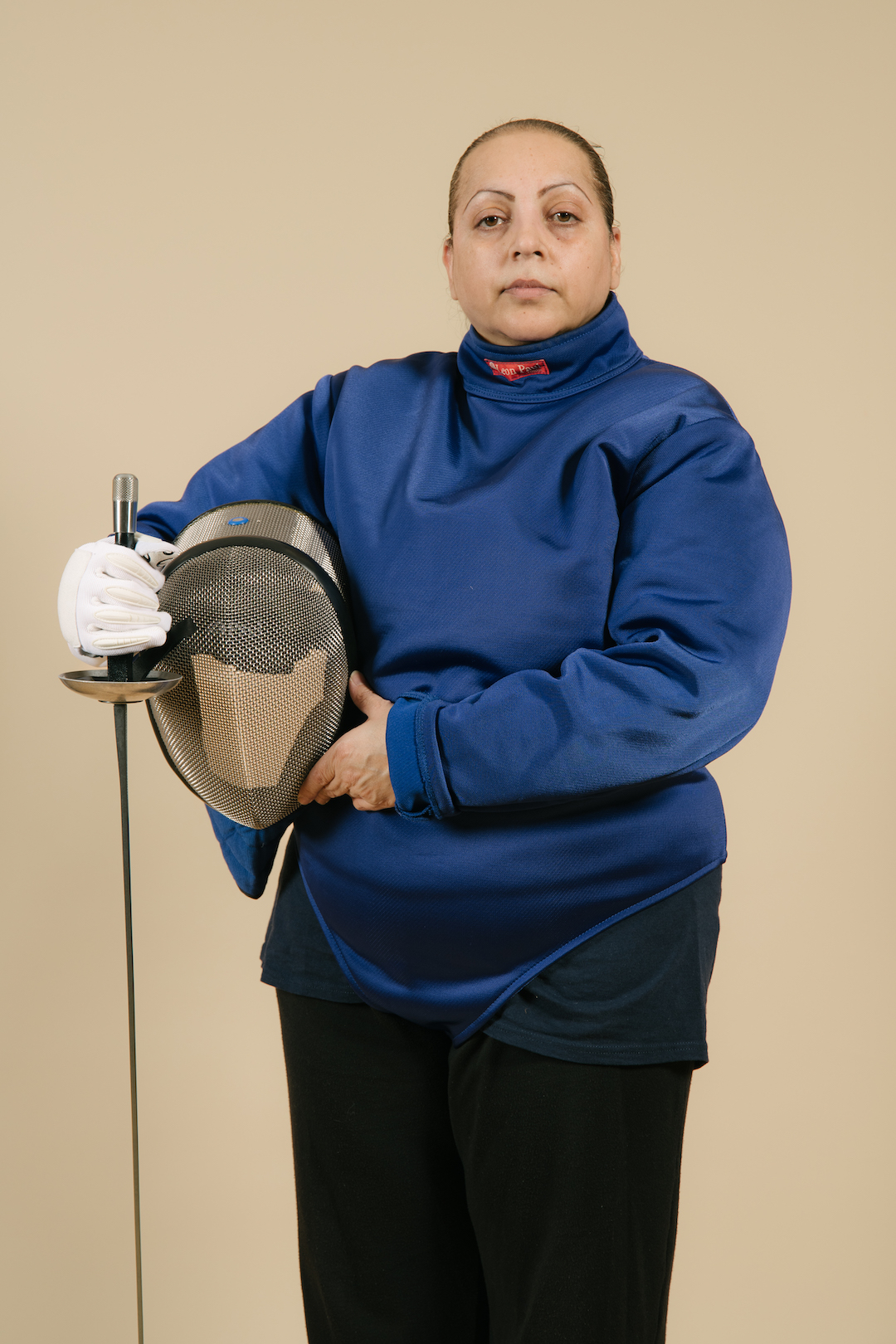
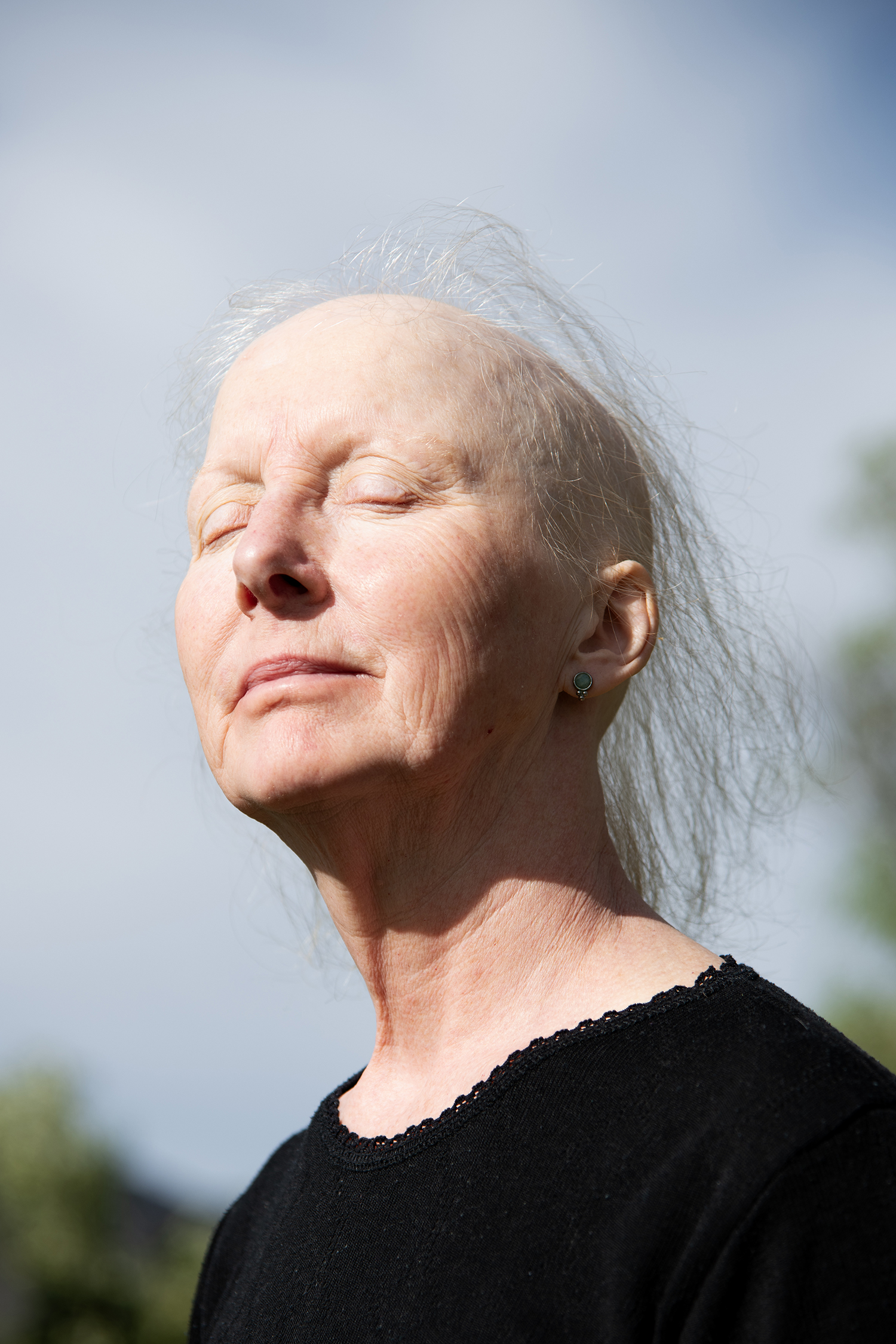
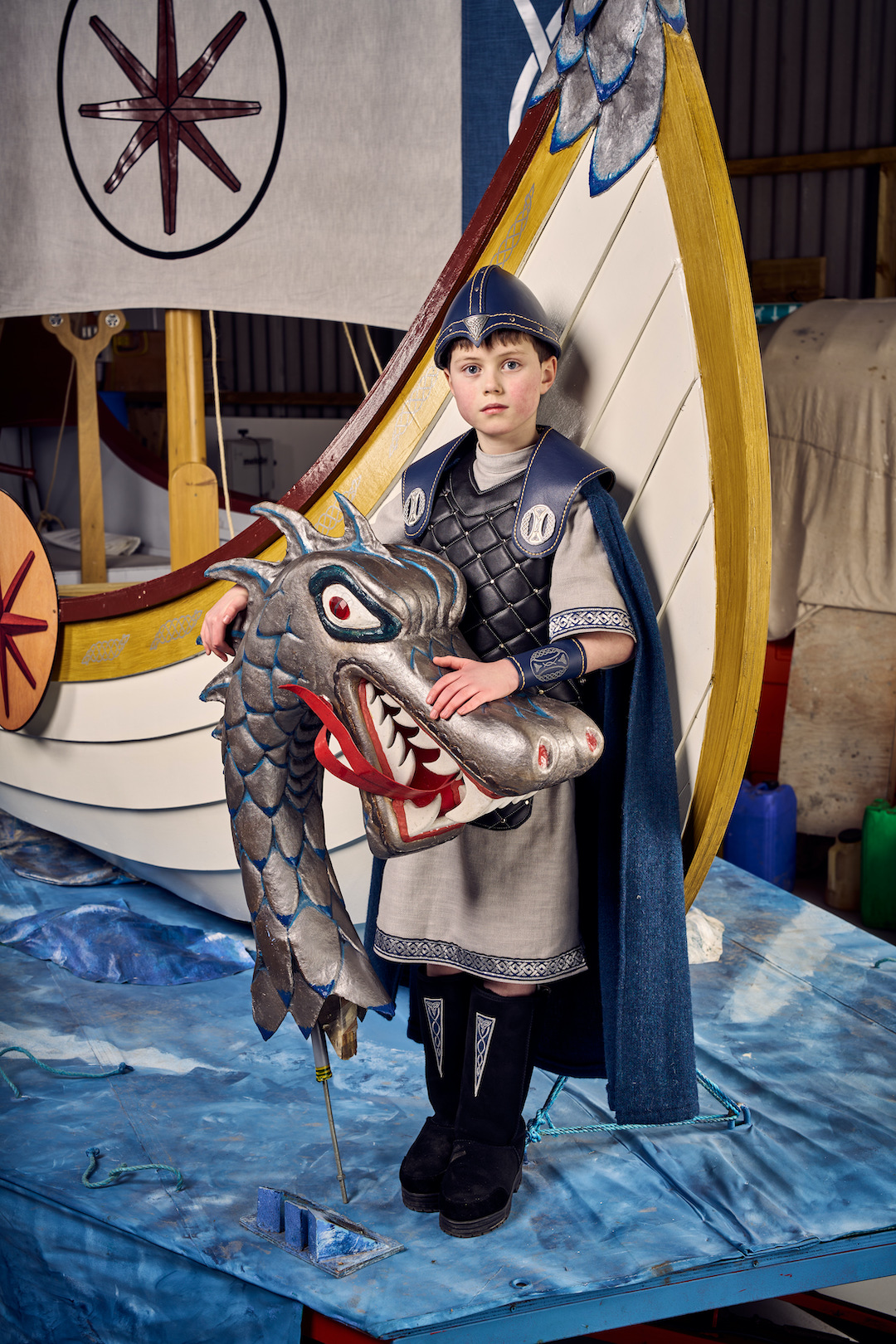
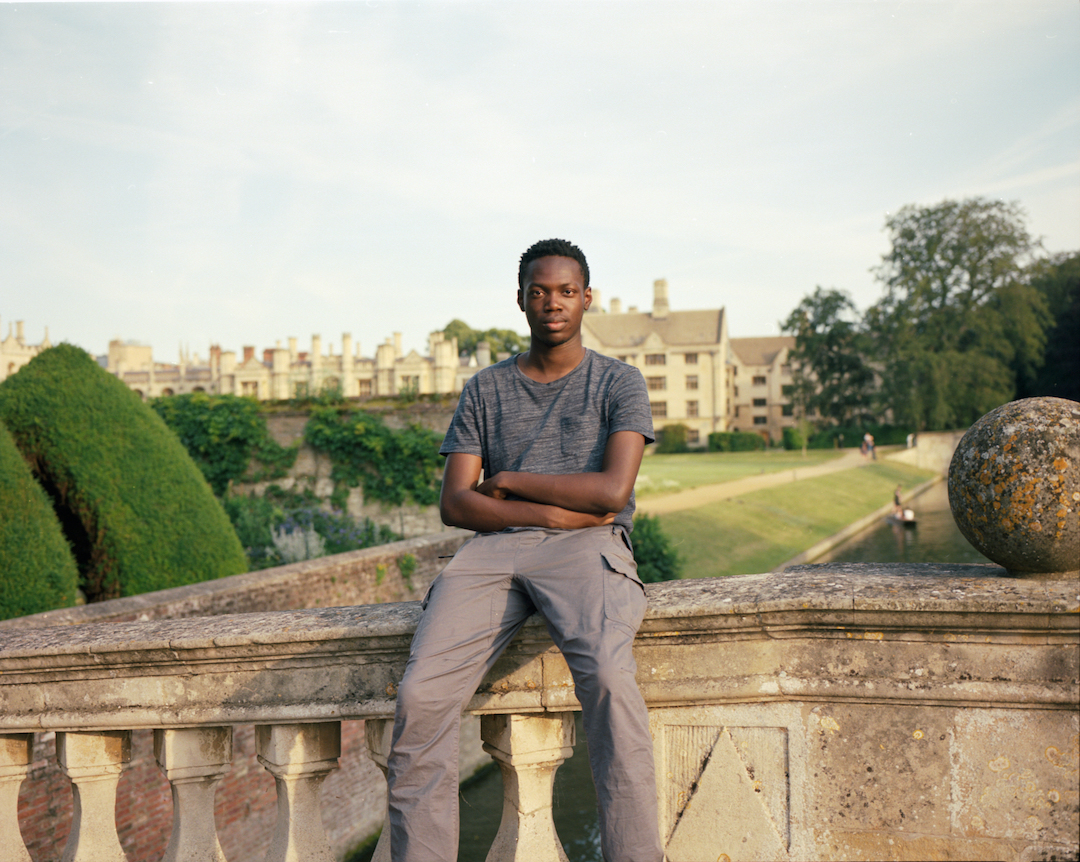
© Lesley Lau
Other photographs take us inside people’s homes, such as Margaret Tyler, whose lifetime obsession with the royal family is on prominent display in her flag-dressed front room, as photographed by Callum O’Keefe. In another image, we visit Nino and Olivia, a couple with Down’s syndrome, photographed at their home in Bristol as part of a series, Us, by Rona Bar and Ofek Avshalom.
In other pictures, home is the backdrop, as in Ellie Ramsden’s portrait of Reiss Nelson, who plays for Arsenal, photographed on a return to where he grew up on the Aylesbury Estate in south London to open a new outdoor football pitch. It is one of many that speak of tight-knit communities. Other examples include Keiran Perry’s candid portrait of Luna and Paula, two members of an off-grid community in the Scottish Highlands. Or Francesca Mills’ photograph of Olena, Paulina, Valentyna, Tanya and Valeria, five Ukrainian women photographed taking a break while walking on Dartmoor during their first summer in the UK under the Homes for Ukraine sponsorship scheme.
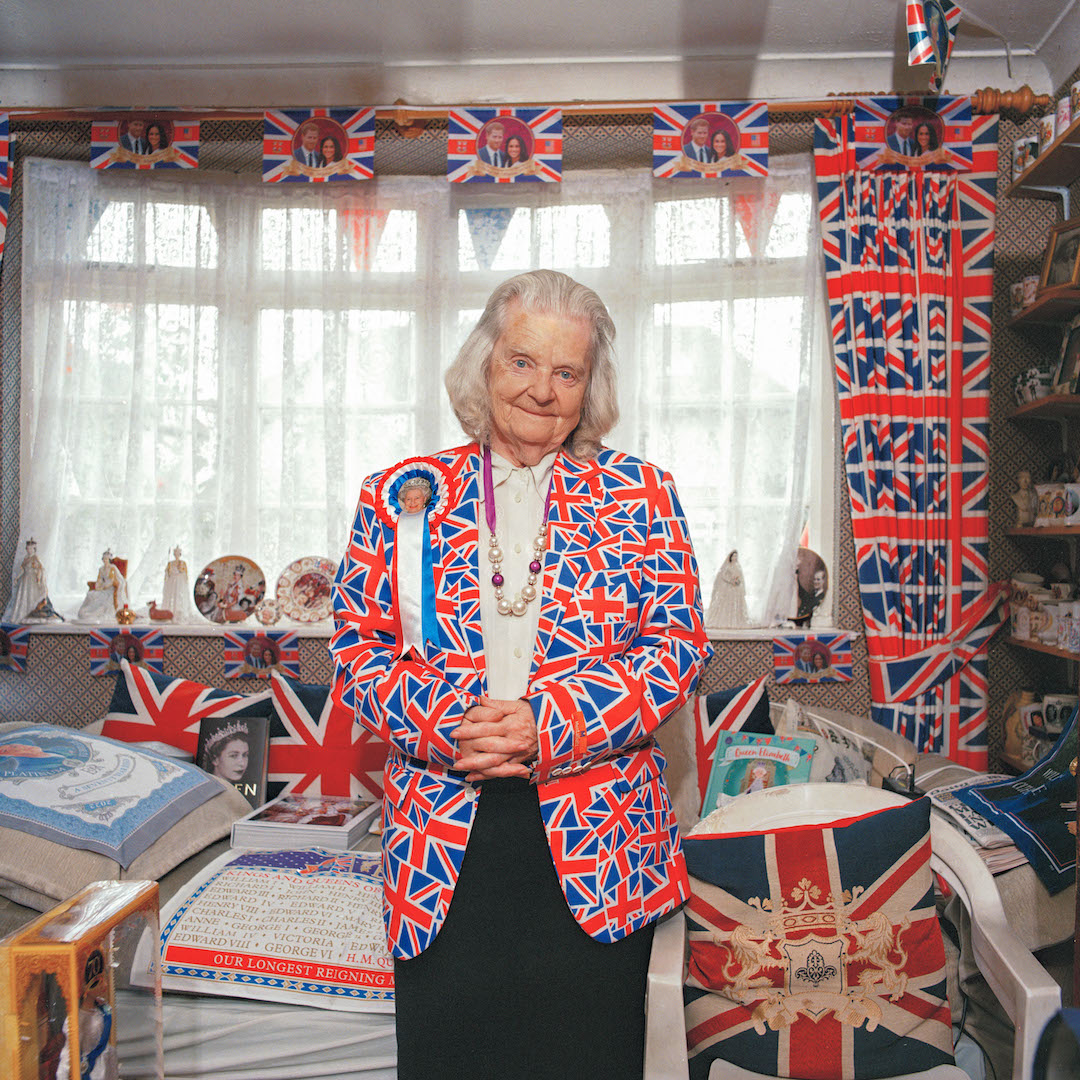
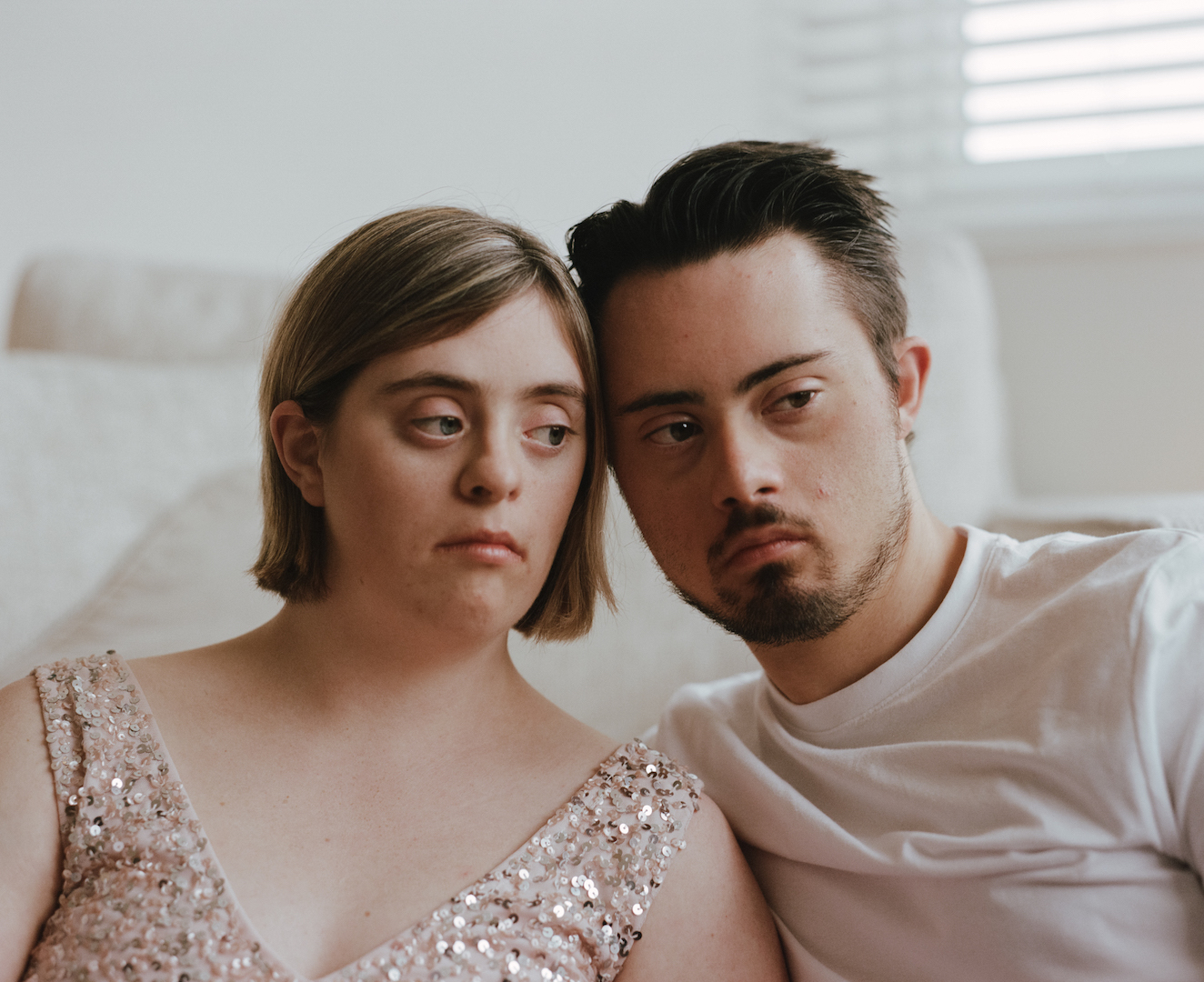
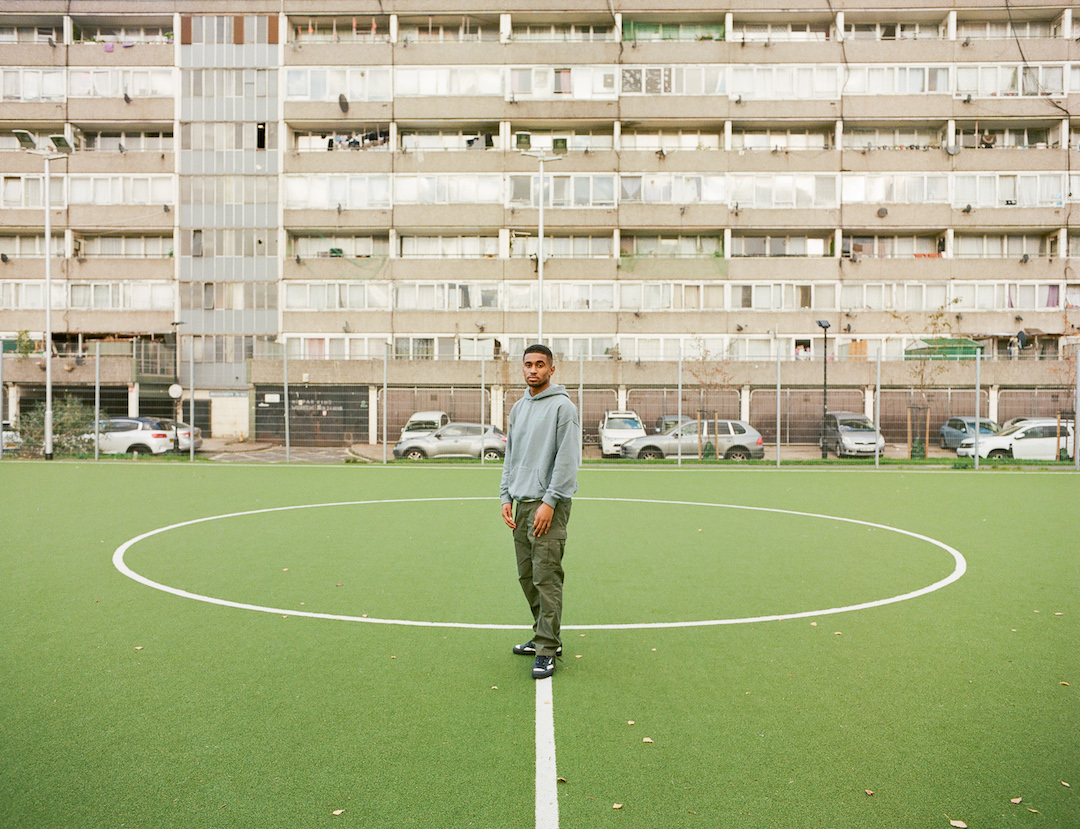
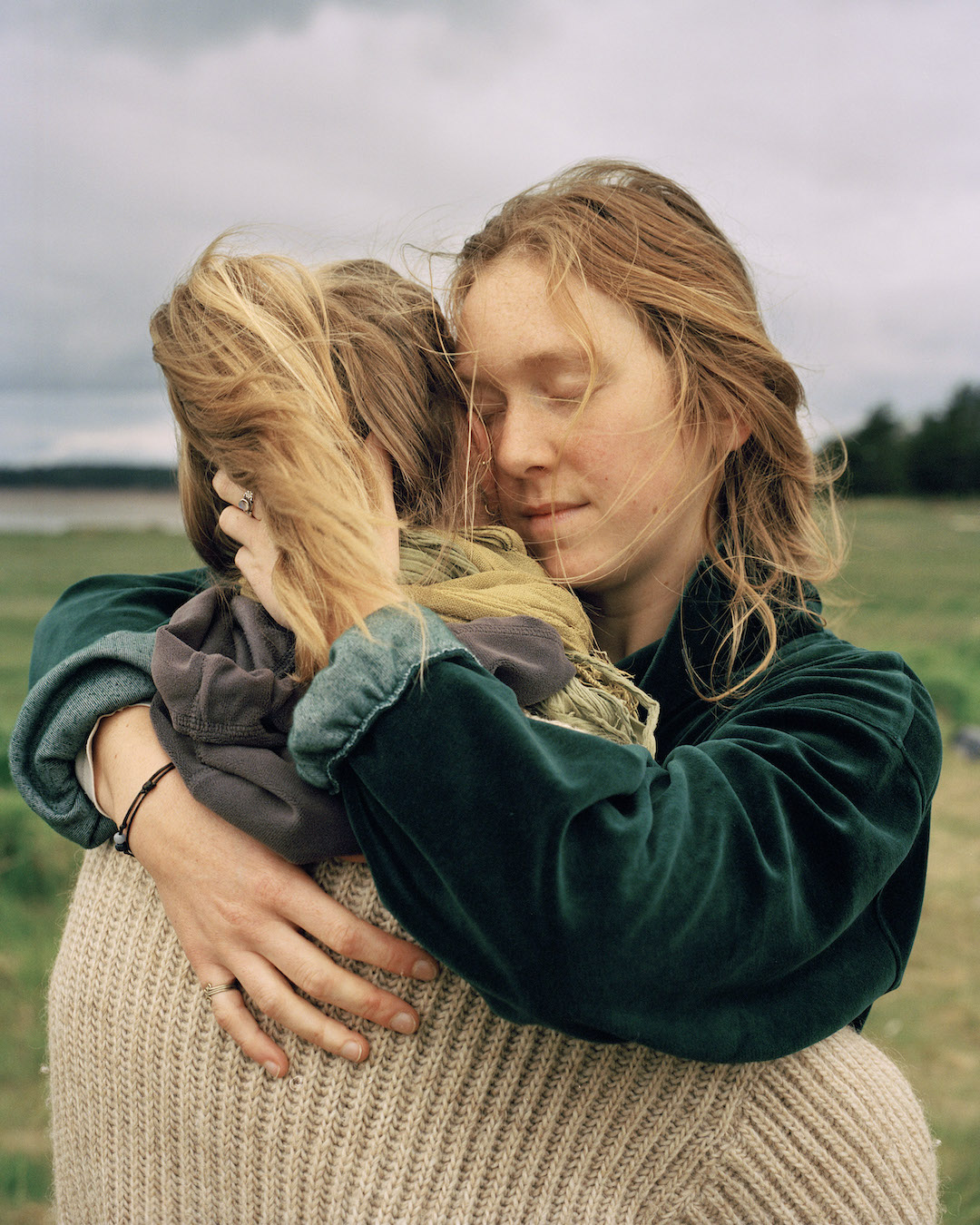
© Keiran Perry
“It is in each other that we see ourselves and form our sense of place”
– Mick Moore, CEO and Creative Director of British Journal of Photography
The winning pictures also evidence many diverse approaches to portraiture itself. Take, for example, the “assisted self-portrait” of Mauvette Reynolds, shot with the help of Anthony Luvera, an Australian-born artist who has developed a collaborative practice, often working with homeless people on long-term projects. There are celebrity portraits, such as the unmistakable profile of Bill Nighy in London, as photographed by Craig Fleming for the Los Angeles Times. There are photographs of Don Letts, Jo Brand and Lily Allen. Many other pictures are drawn from long-term projects that tell the stories of British community, such as Mico Toledo’s portrait of Abraham, from his series, A Brighter Sun, documenting the remnants of the Caribbean exodus in east London, or which address contemporary issues, such as Zuzu Valla’s portrait of Lauren, part of a series that aims to “empower diversity through photography”.
Portrait of Britain was launched in June 2016 in the tumultuous months surrounding the Brexit vote, conceived as a site-specific public artwork through which the British public would encounter versions of themselves on JCDecaux’s nationwide network of digital advertising screens.
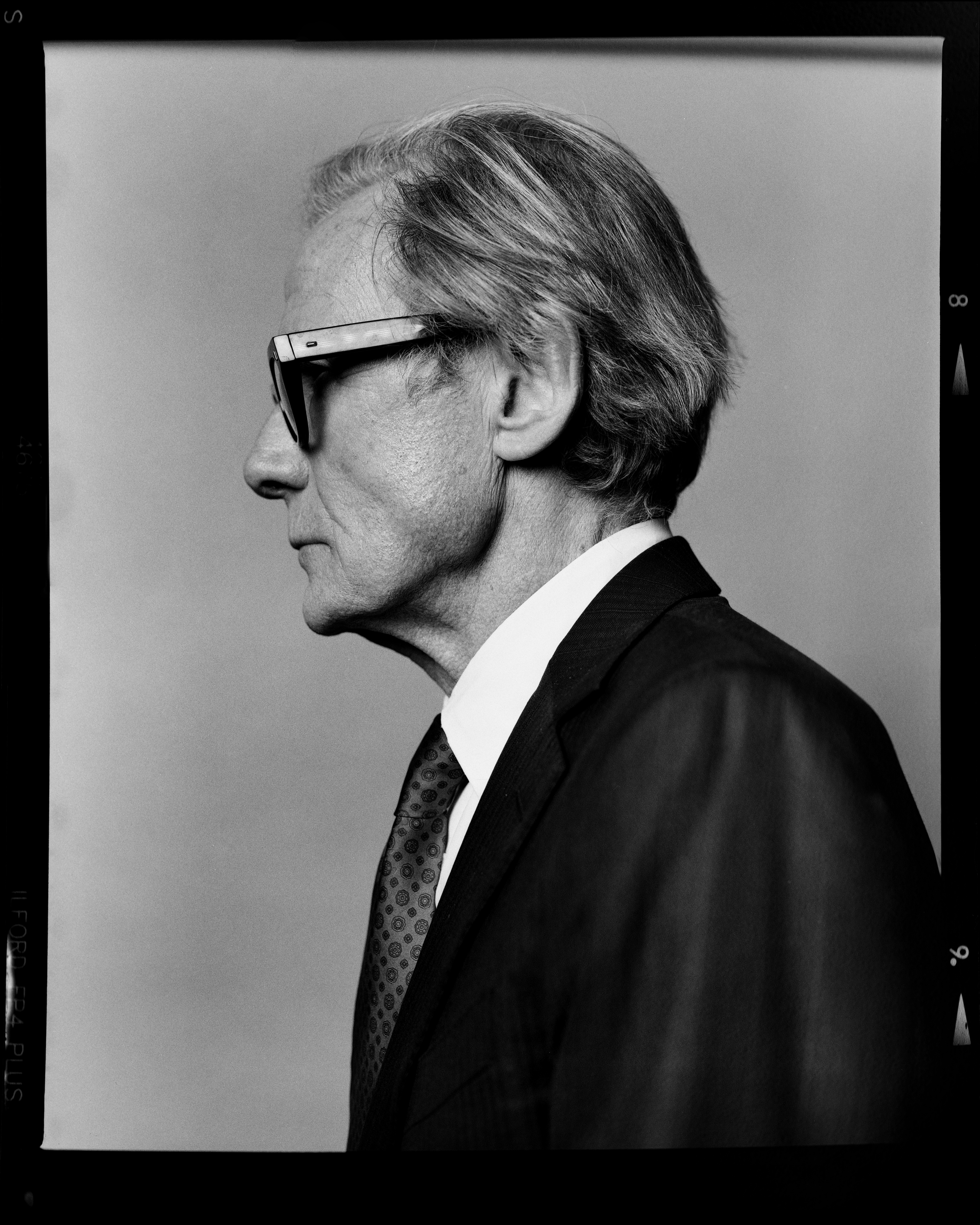
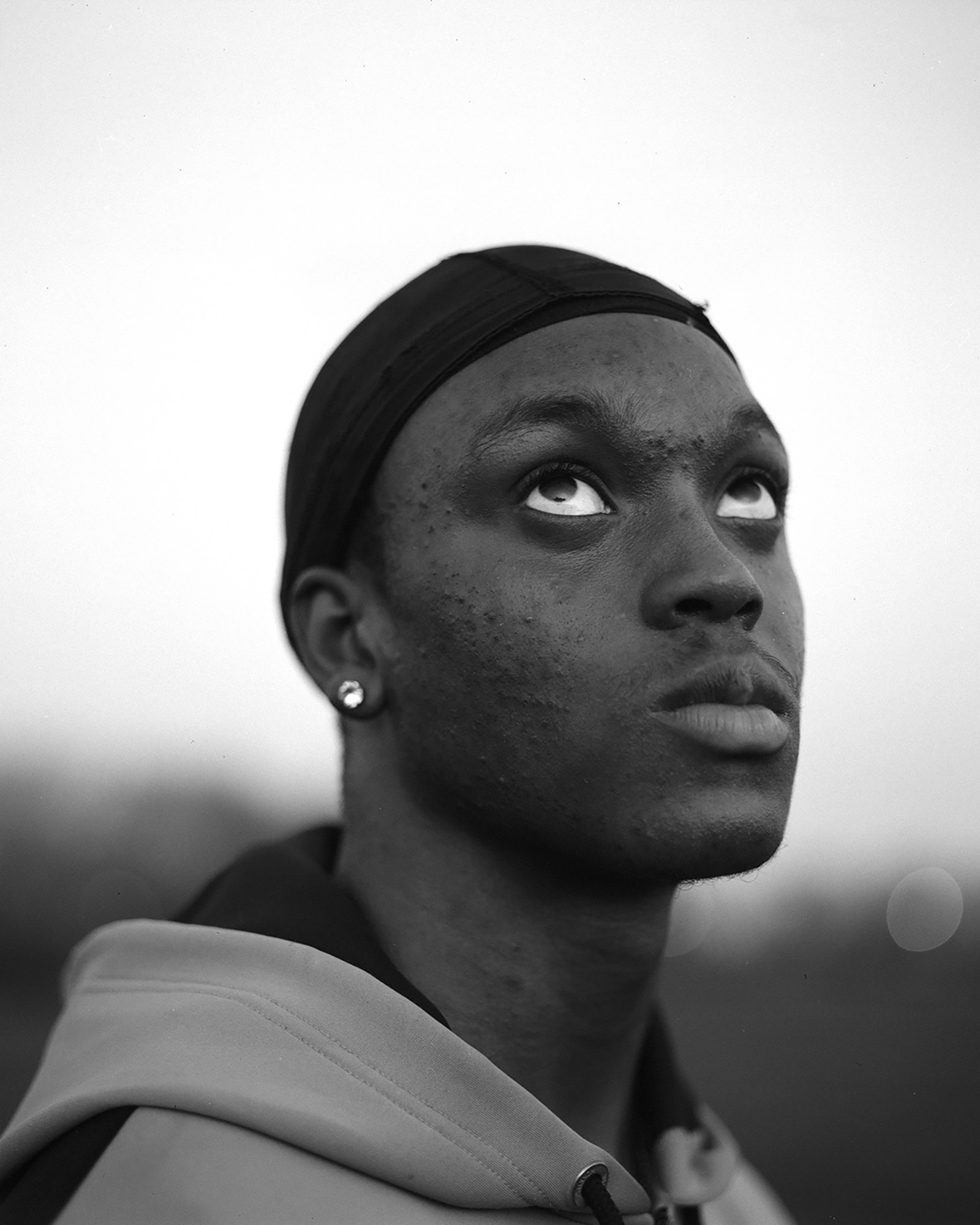
© Mico Toledo
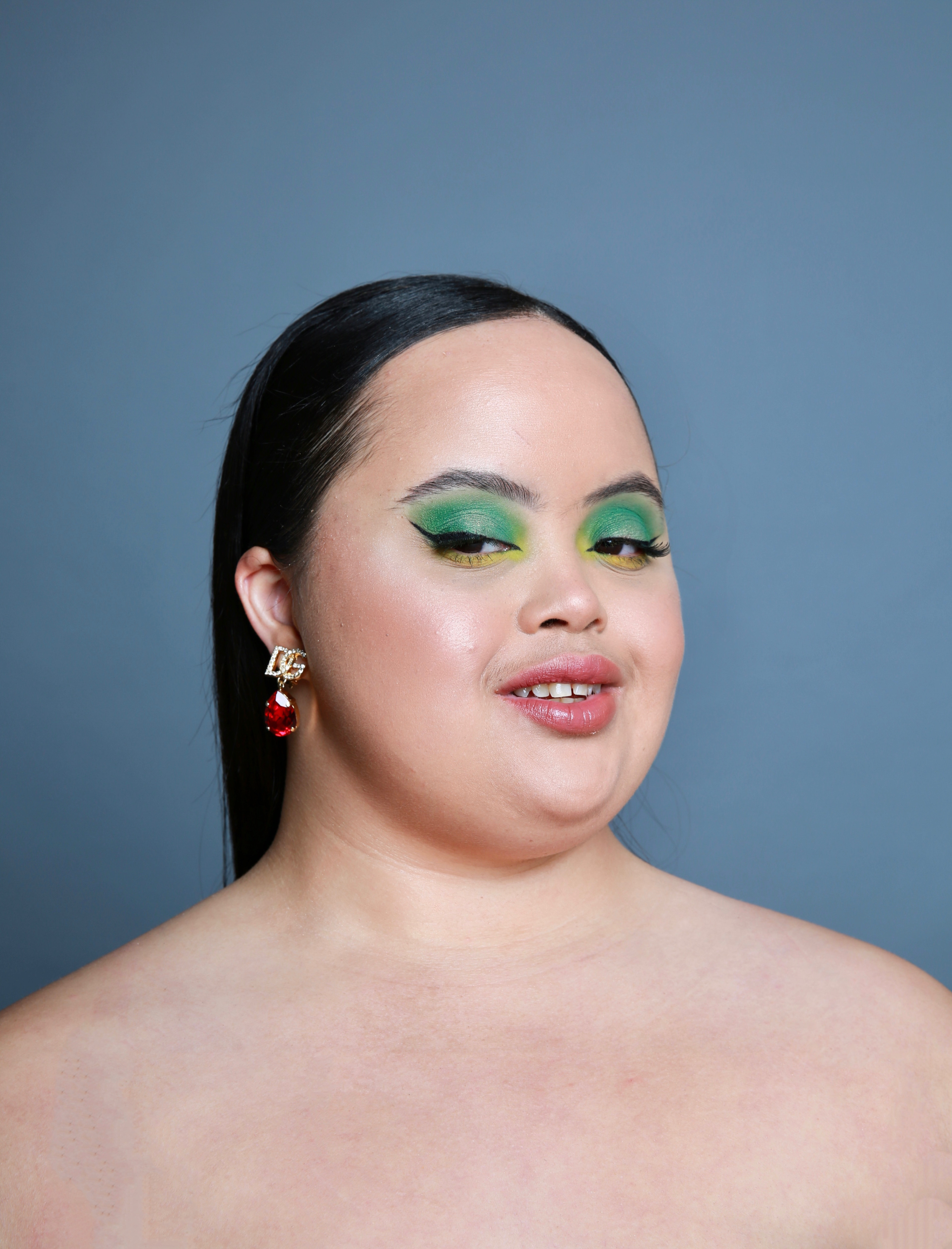
© Zuzu Valla
“It is in each other that we see ourselves and form our sense of place,” says Mick Moore, CEO and Creative Director of British Journal of Photography, reflecting on the social value of the initiative. “Portrait of Britain captures the quirky, the mundane, the here and now of the extraordinary everyday in which we live.”
The public exhibition gives the photographers “a place to be seen and be visible in a world where so many pictures reside”, says Nadav Kander, one of this year’s judges, who is himself one of the world’s leading portrait photographers. “It is an opportunity to be recognised and celebrated by your peers, and the public,” adds another judge, curator Sebah Chaudhry.
The winning portraits in this latest edition can also be seen in an accompanying book, alongside another 100 shortlisted photographs. Portrait of Britain Volume 6 is published by Bluecoat Press, the photobook publisher that in recent years has focused solely on the work of UK-based photographers, including that of Tish Murtha, Daniel Meadows, Markéta Luskačová and many others.
“We couldn’t imagine a better way to kickstart the new year than with the Portrait of Britain exhibition on our digital screens,” says Dave McEvoy, CMO at JCDecaux UK. “We love this joyous, inclusive and thought-provoking celebration of what it means to live in Britain today.”
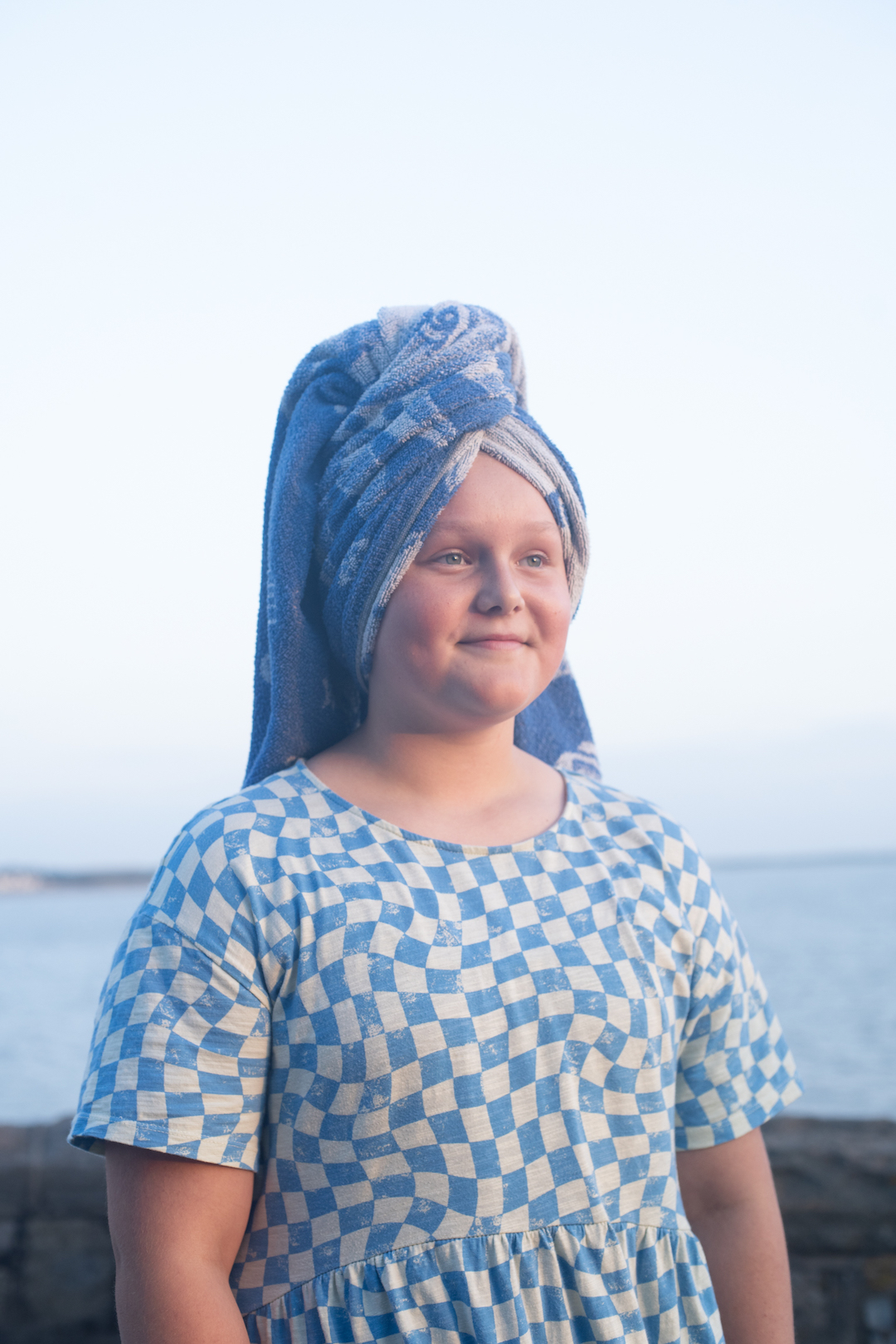
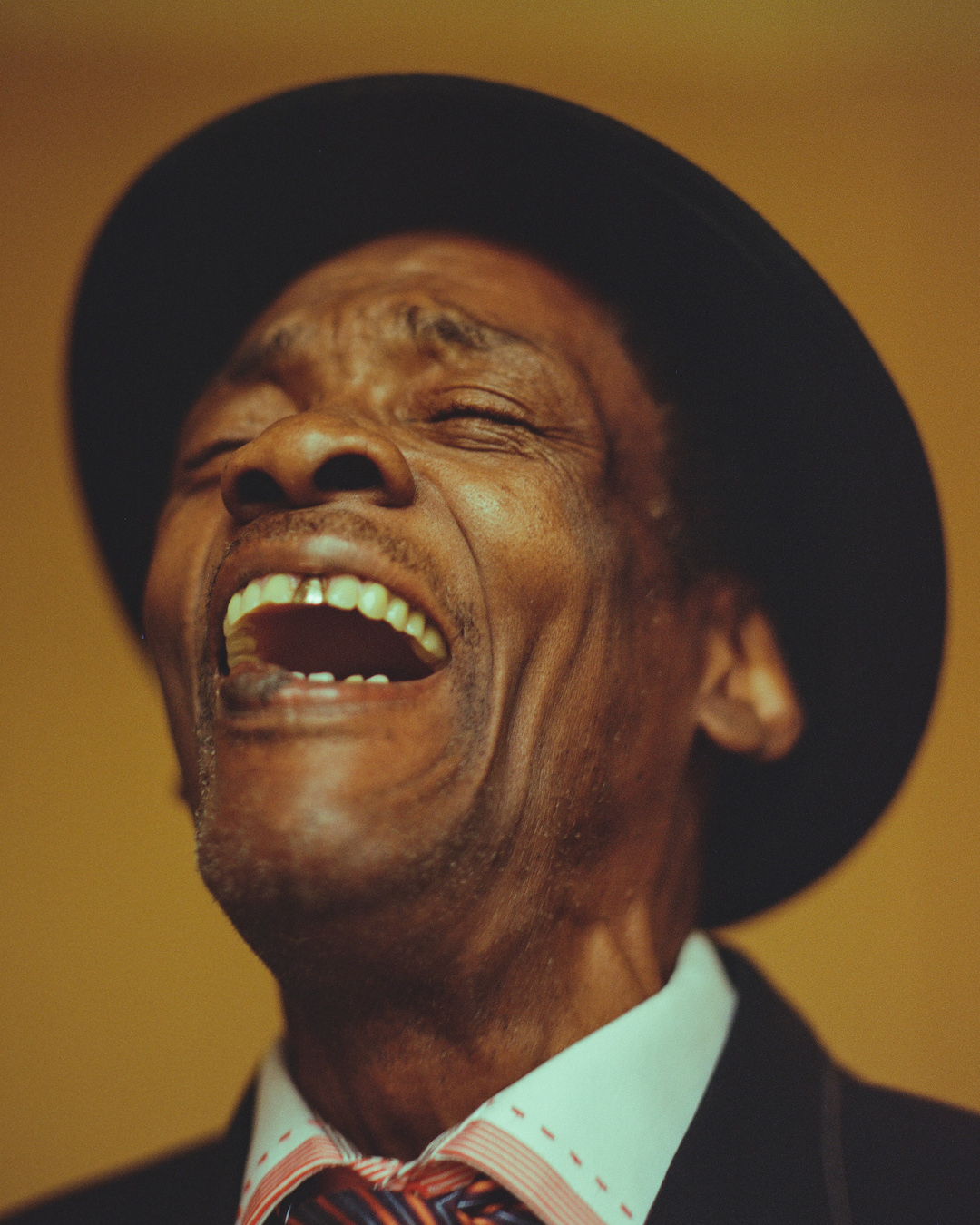
JCDecaux’s network of out-of-home digital screens are located in major transport hubs, roadsides, shopping centres and high streets across the UK, giving unrivalled visibility to the country’s biggest annual public art event. According to McEvoy, its screen network reaches more than 90 per cent of the UK each week.
“Giving back to the community has always been at the heart of our business,” he says, “ever since our founder Jean-Claude Decaux had an idea to provide and maintain bus shelters free of charge, paid for by the advertising posters displayed on them… Our JCDecaux Community Channel enables not-for-profit, community, charitable and arts organisations to access out-of-home, in line with our purpose and values.”
Indeed, community is a theme that runs throughout this year’s Portrait of Britain, such as Felicity Crawshaw’s picture of Joseph, a community activist working with his neighbours to improve their local habitat, or Steve Bright’s photograph of John, one of many portraits made of the Windrush generation. Together, these portraits highlight not just a nation of individuals; they recognise also that we all exist within constellations made up of family, neighbours and shared values and interests.
The 100 winning images will be exhibited on JCDecaux digital screens across the UK from 08 January, while 200 shortlisted images are featured in the Portrait of Britain Vol. 6 photobook, available now on Bluecoat Press.

